One for the Books

We asked 13 educators and experts: If you could add one book to our schools’ curriculums, which one would it be?
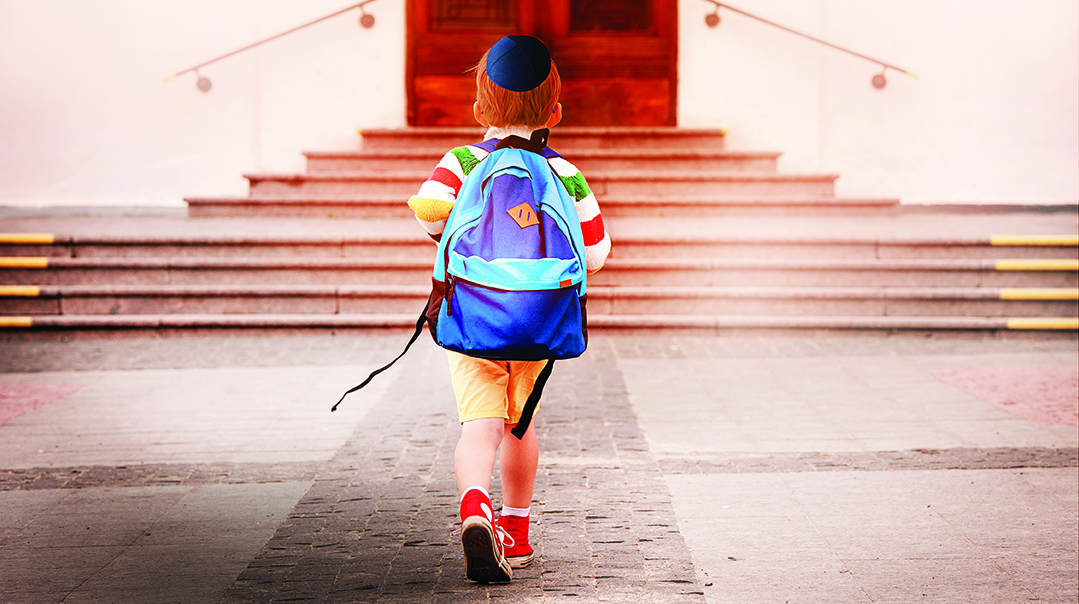
Mrs. Chaya (Ivy) Kalazan
Lecturer and teacher in numerous institutions
If You Were G-d by Rabbi Aryeh Kaplan
When we teach Torah and Yahadus, we freely use terms we assume students understand, words like “immortality” or “soul.” But what do words like immortality and soul really mean? When people think of a soul, they think of something amorphous that has no connection to daily life.
There are concrete ways to define these words we use so loosely, to understand what we experience in our soul during our daily lives and what a soul is when it’s outside the body.
We teach our children: You’re here to follow the Torah, do mitzvos, be observant. When a young person is in school, it can be enough to explain that the reason is to do the Will of Hashem. But once a student leaves the framework of school, and many paths are before him, the questions why? and for what purpose? become more pressing, and staying a dedicated yerei Shamayim may become more challenging.
If we can teach an understanding of Hashem’s goal for us, the purpose of Hashem’s creation, we can give our students the will to live up to His mission in creating the world.
If You Were G-d answers the question of why am I here? Rabbi Kaplan discusses philosophical questions in an accessible and creative way with imagery, allusions, and metaphor to make it real. I love his presentation. He mastered physics, and was on the scientific list of Who’s Who as most promising young physicist in America. He discusses hashkafah with a broad, scientific understanding of the universe, and teens have much to gain from his approach.
Rabbi Armo Kuessous
Menahel Yeshivat Shaare Torah, high school general studies principal Yeshiva Torah Temimah, head counselor Camp Romimu
Reb Yaakov: The Life and Times of HaGaon Rabbi Yaakov Kamenetsky by Yonason Rosenblum
Reb Yaakov was a gadol in America, extremely smart, yet still so understanding of people. He took the gifts he was given and transformed it to chochmas haTorah, to pursue gadlus b’Torah. Young people have to appreciate the importance of wisdom and intelligence, and channel it properly to become a true ben Torah.
And it’s not only about knowledge. A person has to utilize his relationship with role models and develop sensitivities to become a quality person. Teenagers know that they’re supposed to refine their character as they develop during adolescence, but the goal is for the individual to become a mushlam. A book like this has much to teach. The book tells of Reb Yaakov’s path all through the years, especially his exemplary middos and pristine character.
A mechanech today has to acknowledge the potential of a mesivta boy or a high school girl. If an educator could understand the depth of their hearts and minds, he can use a book like this to show them that the sky is the limit.
Rochel Licht
Holocaust educator
Out of the Depths by Chief Rabbi Israel Meir Lau
Rabbi Lau’s book is his own story, a story about survival, emunah, family, about a child who survives to become the chief rabbi in Israel. It’s also about mesirus nefesh — how one will do anything to save another.
Naphtali, who was just a teen himself, was moser nefesh for his younger brother, Yisroel Meir, who was a little boy of five. His mother thrust Yisroel Meir at Naphtali, and told him, “Take this child.” His goal was to keep his younger brother alive, many times at his own expense.
Naphtali always told his brother go to Eretz Yisrael. This is where we belong; our future is there. After the war, that’s where they went.
This is the story of rebirth and rebuilding, the story of the Jewish Nation.
Rabbi Shmuel Tenenbaum, MSMFT
Mashgiach-Dean, Yeshiva Tiferes Tzvi, Chicago
Pirkei Avos: Generation to Generation by Rabbi Nosson Muller
I believe teachers should begin each period with one vort from this book. There are life-skill lessons here for everyone. Pirkei Avos shapes a person and helps elevate our mundane lives. Rabbi Muller tells stories of people today, in our generation. It makes it real, and impacts children.
One story from the book stands out in my memory. Rabbi Freifeld had a student who was undergoing chemotherapy, and had had a particularly difficult week. Knowing that this talmid was also a baseball fan, he sent him a baseball signed Babe Freifeld. Rabbi Freifeld went out of his comfort zone to cheer up his talmid.
This is a story a young person can hear and say, I can live that story.
Miriam Gettinger
Principal, Hasten Hebrew Academy of Indianapolis, senior principal consultant for CoJDS
Tuesdays with Morrie by Mitch Albom
Every school can see what element of this autobiographical genre would hashkafically work for them. What I like about the book is that a school can choose excerpts upon which to develop a reflective language arts project.
Tuesdays with Morrie is the story of a Jewish professor dying of ALS and the weekly meeting he has with his former student, a young journalist. They have rich conversations about life and its meaning. There are important existential messages for high school students: the value of holding tight to your own principles in the larger culture, in not following everyone around you, and, significantly, the lack of control we may have over aging and illness, but, the control we do possess over our own personal growth.
This book offers inspiration, and there are solid follow-up steps that can be taken. Students, using the book’s framework as a guide, can initiate conversations with seniors in their community — someone from shul, a revered teacher, or their own grandparent. “Ask you father and he will tell you….” an intergenerational bond will be forged through spending time on a regular basis with those older and more experienced, then penning their reflections in a journal fashion.
The gestalt concept of autobiography is important for students on a high school level as they grapple with their own growth identity trajectories and figure out exactly who they want to be when they grow up.
Students need to be taught to view the world through a Torah lens, to integrate all they learn into a composite whole. They need to be able to reference, to make comparisons between their study of Mishlei and Koheles with their own inter- and intrapersonal life experiences. This format facilitates such thinking and written expression. Neil Postman quipped that students enter school as question marks and sadly leave as “periods.” We must inspire them to grow as exclamation points!
Rabbi Fischel Schachter
Lecturer, storyteller, and author of many books
The Pomegranate Pendant by Dvora Waysman
This is a book about a young woman who grew up in Yemen and comes to Yerushalayim. There, she loses her husband and has to rebuild her life. She’s all alone with her child, facing obstacles and biases. She deals with them and overcomes them. She eventually brings her father out of Yemen to Yerushalayim.
This can inspire many young people who, at times, may feel like victims of their circumstances. With every reason to give up, this young woman took her problem, and built herself out of it.
It’s also a rare insight into the plight of Yidden as Eretz Yisrael moved from the hands of the Ottoman Turks to the British. The author portrays powerfully how galus is galus regardless of who is in political power.
Mrs. Slovie Jungreis-Wolff
Teacher, author, relationships and parenting lecturer, author of the parenting handbook, Raising a Child with Soul
The Rebbetzin: The Story of Rebbetzin Esther Jungreis Her — Life, Her Vision, Her Legacy by Nachman Seltzer
My mother, Rebbetzin Jungreis a”h, rose above challenge. In these times, it’s especially important to have a role model. Here’s a person who lived during our times, with a clear derech and an attainable vision; her whole world was filled with light.
I hear how lives have been changed because of this book, how people see the power of one person, and what you can do in This World. Whoever I’ve spoken to — rabbanim, young children, couples, singles — people all over the world have gained perspective on life and challenges.
Just before the summer, a group of high school girls chose this book for their book club, and we did a session. The girls were so inspired and insightful.
Let’s give our kids, going back to school in whatever way they’ll be going back, an opportunity to rise above challenge. Everyone is feeling depleted. Whatever we can do to channel inspiration into our children is a must.
Rabbi Berel Wein
Founder and director of The Destiny Foundation, lecturer, author of many books, and mara d’asra of Beit Knesset Hanassi
A Distant Mirror by Barbara Tuchman
The 14th century was a terrible century for Jews, with its plagues and pogroms. This book tells how the Jews survived, and its story is relevant to our own times.
Goldie Schechter
Licensed mental health professional and mentor
The Light in the Forest by Conrad Richter
This question brought me back in time. There was a book I didn’t have to read specifically for school, I did so because one of my siblings had to read it, and I used to read it over and over.
The Light in the Forest is an unbelievable book about a white boy who is captured by Native Americans and raised as one of them. I used to read it and cry and cry and cry. Even after having not read for a while, I’d turn to the parts I found moving, to see if I’d still cry — and I would.
Perhaps one of the most heartbreaking scenes is when the main character was used as a decoy to ambush the settlers on the boat. On the boat was a young boy who reminded him of his biological brother, and he decided to warn the settlers. After he did that, his Native American father told him, “You are not one of us.”
He was no one and nowhere.
To me, this is also the story of the Jewish People. In any country we’re in, we’re told we don’t belong. The main character was like the wandering Jew; maybe that symbolism spoke to something in me.
That book should be required reading. So many teens ask themselves: Who am I? Where do I belong?
Rabbi Osher Lederer
Mashgiach, Yeshiva K’Tana of Lakewood
Sefer Tehillim
Children — boys, girls, elementary and high school — should know Hashem is their best friend. Saying Tehillim, reading and understanding the words, can teach a young person to connect. This is the best gift they can get. If people would have that, the ability to connect to Hashem, then in a time of uncertainty, they’d have a way to rise above.
Mr. Charlie Harary
Business executive, speaker, and author of Unlocking Greatness
Vision & Valor by Rabbi Berel Wein
Man’s Search for Meaning by Viktor Frankl
I recommend Vision & Valor, a brief biography on many of the Amoraim, for all those who will be engaged in learning Gemara. Many times, Tannaim and Amoraim are just names on a page, overshadowed by the kashya and teirutz of a sugya. A deeper understanding of these superhumans will bring a greater appreciation to the blatt.
Who is Rav? How is he connected to Rebbi? Who is Shmuel? Where was Sura, Machoza, Pumedisa? Who was Reb Yochanan? Reish Lakish? When did Rav Ashi start to codify the Talmud? Why?
When you start to see them as people and understand the backdrop of Bavel and Eretz Yisrael during this period, it brings the daf to life.
I’d also recommend Man’s Search for Meaning, which is the presentation of logotherapy — a fascinating approach toward finding meaning in life. Frankl wrote his groundbreaking thesis off his experiences in the Holocaust and makes the case that life is not about the pursuit of happiness, but meaning. It’s a powerful read and one that can help drive home the message that we need to strive to engage in activities that lead to meaning and purpose, not comfort.
Lifelong Students
It’s not just kids who need good reads. Educators offered us one selection for parents and another for teachers.
For Parents
Mrs. Rivka Springer
Principal, Keser Girls’ School in Gateshead, England
How to Talk So Kids Will Listen and Listen So Kids Will Talk by Adele Faber and Elaine Mazlish
I’d love to add this book to the “curriculum” for parents, as I think it would help their children enormously. It’s a wise and very practical book about adult-child relationships, one that I have often recommended to parents. It can transform the relationship between parent and child, teacher and child, and even between older peers.
Our lives today are busy and stressful. Sometimes our children can get lost in the whirlwind of needing to get them here, there, and everywhere, while we juggle our myriad responsibilities. It’s sobering that anecdotal evidence from lockdown suggests that while some children struggled during the past few months, many became more relaxed and happier. They had more time at home and more time with their parents.
How to Talk helps parents develop excellent listening and communication skills. It’s written in a light style, with cartoon illustrations, making it very accessible. Good communication and relationships with parents help children feel happier, develop healthier peer relationships, and learn better at school.
For Teachers
Dr. Aviva Biberfeld
Clinical psychologist, Yated mental health columnist, supervisor and consultant privately and for schools, lecturer for parents and professionals
The Power of Showing Up: How Parental Presence Shapes Who Our Kids Become and How Their Brain Gets Wired by Daniel J. Siegel, MD and Tina Payne Bryson, PhD
All of the books by Dr. Dan Siegel for parents are excellent. This is the fourth book in his series.
The reading of this easily digestible book will help teachers gain an understanding of attachment patterns, what they are, how they develop, and how it impacts the way a child relates to the world around them.
Our way of viewing the world and the people in it is shaped primarily by the people taking care of us when we’re young. Teachers can have a positive impact on students and even provide a corrective for some children through a deeper understanding of a student’s attachment pattern, and their own, as a teacher.
This book breaks attachment ideas into very understandable language and presents practical ideas on how to really be present with kids, and how to help children build emotional resilience.
Though it’s more difficult in high school, with teachers in the classroom for shorter periods of time, even there, the more teachers are aware how to give feedback, and how to make a student feel she matters, the more of a positive impact they can have. I’d recommend this book for teachers of all ages, principals, and, of course, parents.
(Originally featured in Family First, Issue 707)
Oops! We could not locate your form.


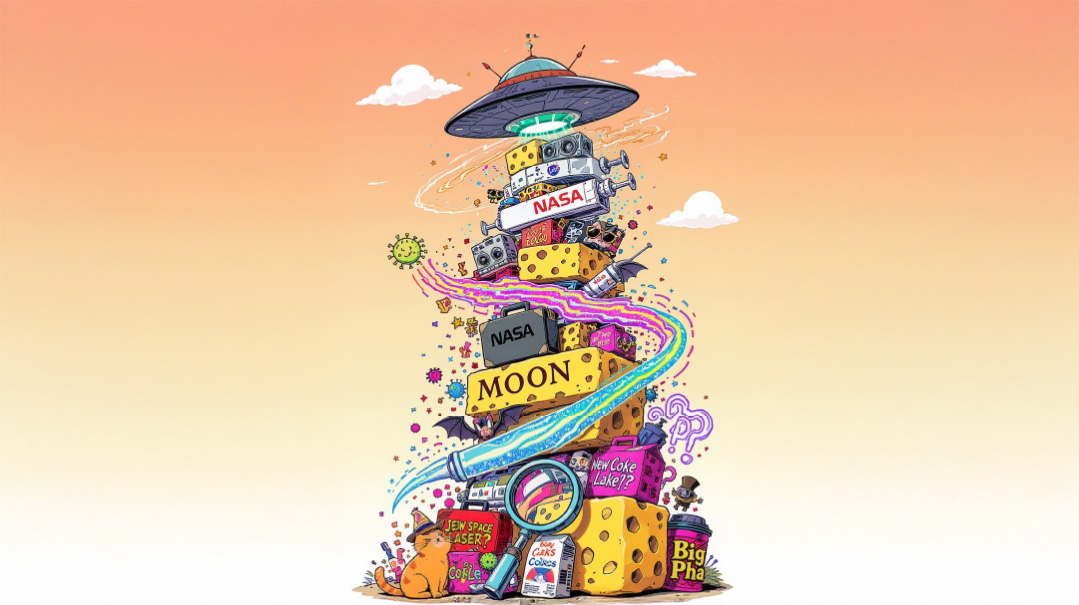
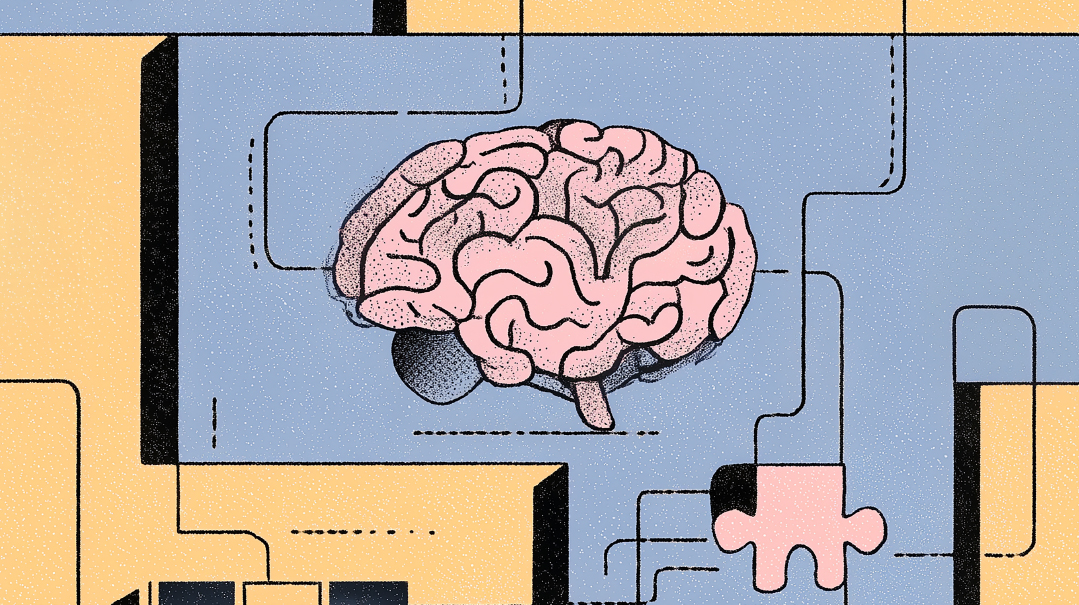

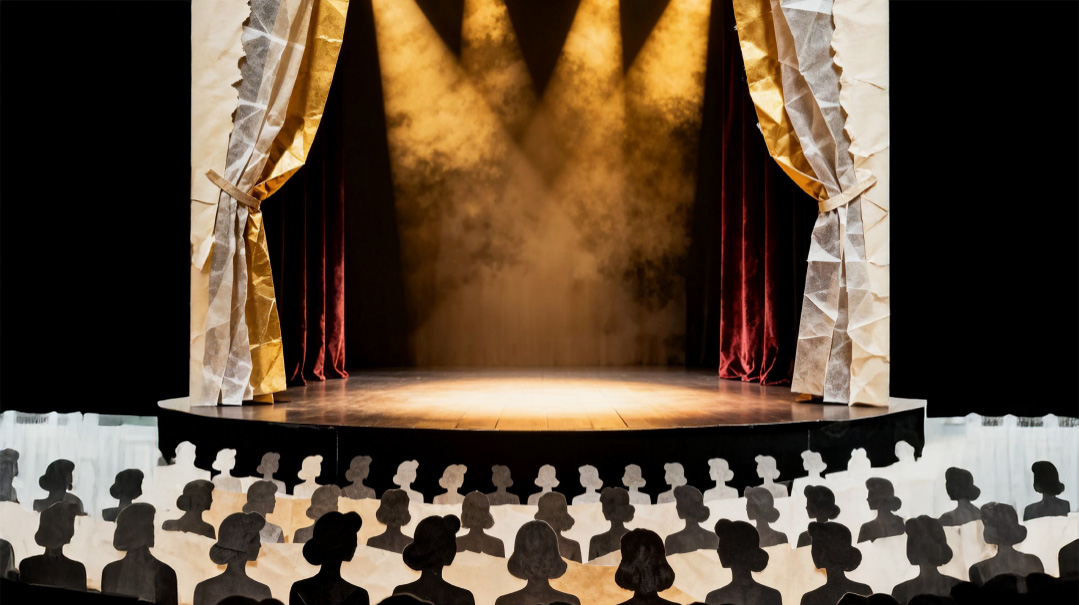
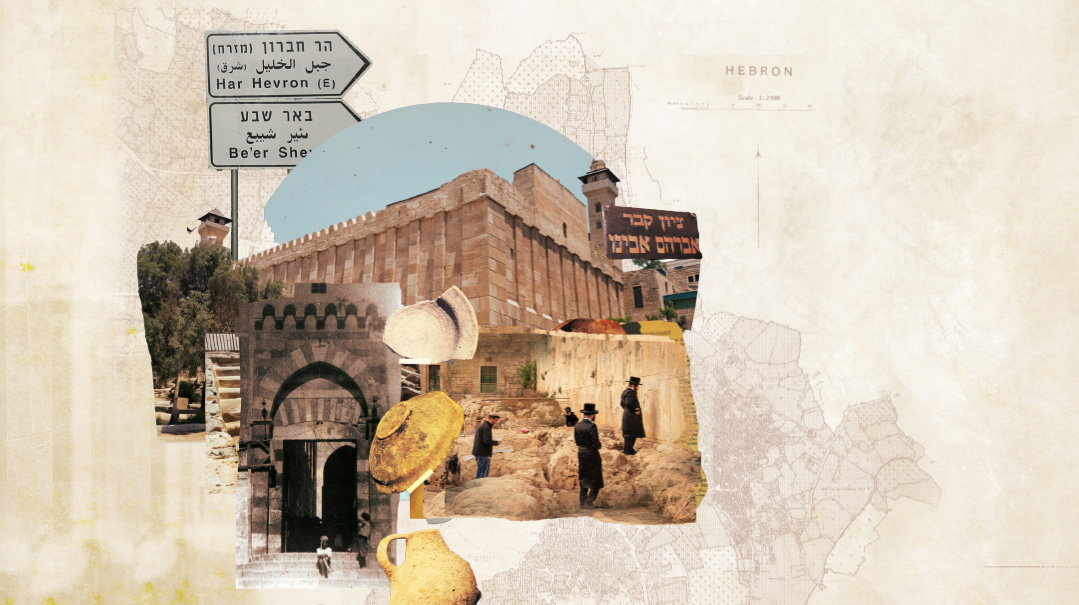

Comments (2)